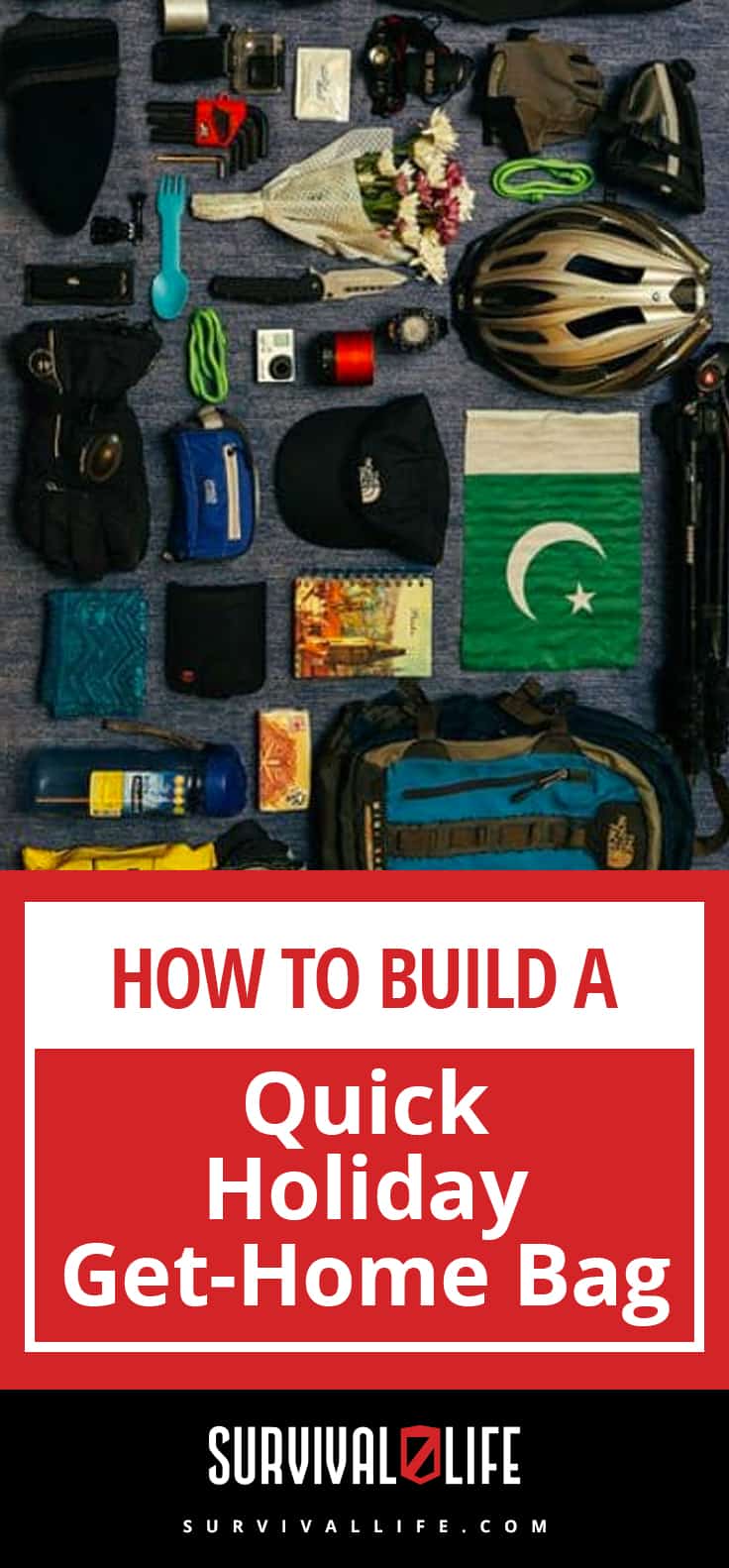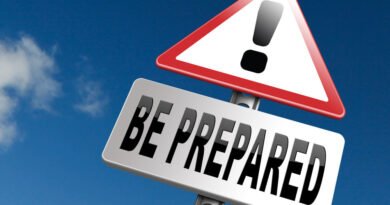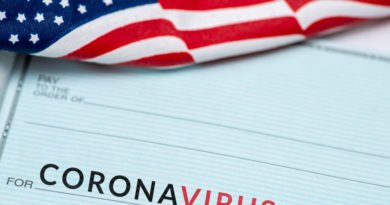How to Build a Holiday Get-Home Bag
If you’re traveling for the holidays, you should carry a get-home bag in case you get stranded or run into bad weather. Check out our tips below to learn how to make your own.
- Pack one bag for each person.
- Pack the basics: food, water, and clothing.
- Have light sources such as headlamps or flashlights. Bring a fire starter too.
- Keep a prepared map with routes marked. Use a small compass to assist.
- Bring a paracord.
- Have a multi-tool on hand, or a survival knife.
- Keep first-aid paraphernalia close to you.
As we move into the holiday season, it’s more and more common to find yourself far away from home. Whether you’re flying to meet up with your family or heading out for the day to celebrate with some friends, travel is almost always involved.
As we travel more, the danger of a disaster or emergency situation happening when you’re away from home becomes all too real.
Sure, you have your bug-out bag and possibly even a full-home prep waiting at your house, but that doesn’t do you any good if you’re not there to use it.
What you need is a way to get home and deal with the situation at hand. Whether that means bugging-in or bugging out and hitting the road again, home is truly where the heart is.
Because of this, you need what’s known as a get-home bag. We’ve looked at get-home bags before for basic use and for vacations, but things change when you’re traveling around the holidays, especially during colder months.
Let’s take a look at how to make a quick yet effective get-home bag to use for all your holiday needs this year and beyond.
Before You Start
1. Know how many people you’re packing for.
When building a get-home bag, you need to know how many people would be trying to get home with you. If you’re on your own, your bag will look very different than if you have a few people you are responsible for.
2. Pack a separate get-home bag for each person.
The best case scenario is to put together separate bags with necessities for each person to help spread out the liability in case a bag is lost or damaged.
Plus, they’re easy to carry. Have a backup of the slightly less important items if possible and have a second person carry them as added insurance.
3. Keep things simple.
Remember, we’re not looking to make this a foolproof survival bag, but instead a way to get you home to your real prep without looking like you’re packing an entire suitcase of things just to go to Grandma’s house.
This isn’t meant to keep you surviving for a long period of time, but instead solely to get you home safely.
Get-Home Bag Contents
Because we’re just trying to get home, a get-home bag will have much less than a traditional BOB. This being said, the makeup of both the get-home bag and the BOB can be very similar.
1. Water
You should have one liter of water for every person you’re prepping for.
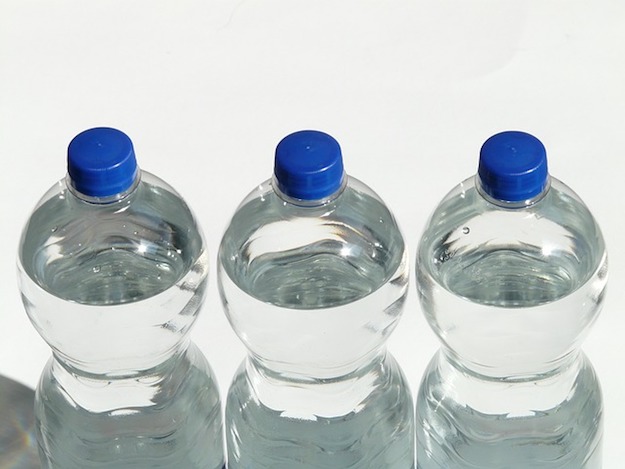
This should be enough to get you going for a day or two. Longer distances mean more water.
2. Energy Bars
The need for long-term food isn’t very important since the goal is to get home to your supplies, so the plan is for 3 energy bars per day for each person.
Think about how long it would take to get back home by walking or driving and plan accordingly. Mind you, this is far from a well-rounded diet, but it’ll be enough to get you home, and that’s all that matters.

If you’re traveling from farther away than 3 or so days’ walk, this still applies, but know that you will definitely need to find supplies on the way home, as it’s simply not feasible to carry enough food for weeks of travel time while going on a trip.
3. Headlamp(s)
The hurry to get home means there will be a lot of walking at night, so having your hands free to eat, climb, and use a weapon are vital, and a headlamp will give you just that.
In a perfect world each person would have a headlamp, but to keep the pack small, one should be enough for two people.
4. Flashlights
The flashlight goes to whoever isn’t using the headlamp because you should have a second light for backup.

Light can mean the difference between walking safely at night and falling into a ditch, breaking an ankle or worse.
5. Map and Compass
This is possibly the single most important part of a good get-home bag. You should have a map that covers the area from where you’re visiting to your home.
On the map should be two plotted routes: the path you’d take with a car and the best path for walking. Remember, the highway might not be your best bet for walking, so plan that out now while you have the Internet as a resource.
Make sure you’re prepared to use a map and compass, and finally it doesn’t hurt to learn how to navigate without a compass, too.
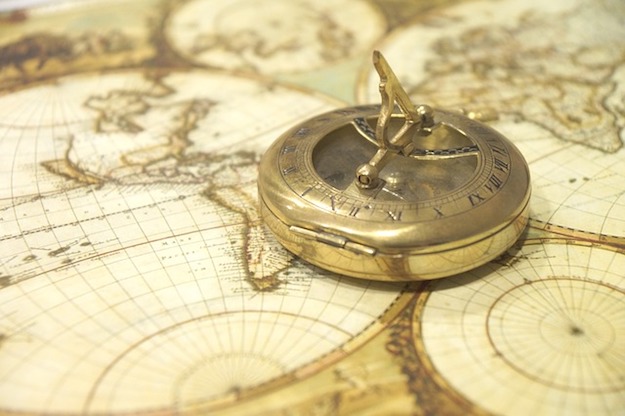
As stated above, it’s best practice to give one person the map and the other the compass; in case you get separated, you would each have at least something to help you get home safely.
6. Paracord
It should go without saying that you basically always need to keep paracord close at hand.
You should have about 100 feet of the amazing rope in your bag to use for everything from lashing a shelter together to sewing up damaged bags and clothing.
7. Multi-Tool
Ideally you should have your multi-tool on you at all times as part of your EDC, but since we’re talking about a family trip where you may be dressed nicely, it’s OK to keep this in your bag, as long as it’s easy to get to.
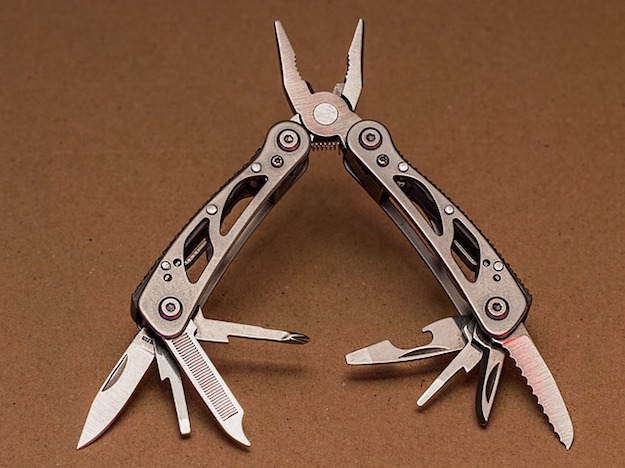
The best practice here is to have a knife/multi-tool for each person you’re traveling with.
8. Personal Defense
This is a tricky one. Since many vacations take you across state borders, you need to know the laws regarding the transportation of weapons.
More often than not you should be safe transporting a handgun if it’s unloaded and partially disassembled in your bag. Some states require it to be locked in a box as well, so just check the laws to make sure you’re working inside of what’s legal while staying prepared.
Take Note: It’s critical that you know the laws of transporting weapons in the states and municipalities you’re traveling through. Simply having a weapon in the car can mean jail time in some states.
9. Survival Knife
Your survival knife definitely needs to come along for vacation and will be indispensable in an emergency. Make sure your knife is sharpened and ready for use before leaving.
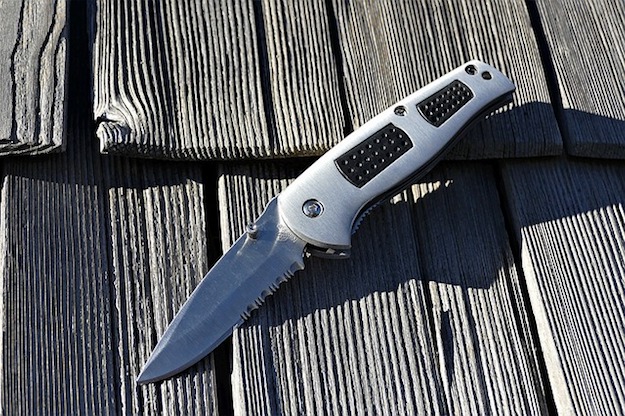
If you don’t have a good survival knife, check out this post on choosing the perfect survival knife. Only one survival knife is necessary for this, even if you have multiple people. If you have room for two, that’s even better.
This limited-edition survival knife is essential for survivalists – click HERE to get your own!
10. Fire Starter
A simple flint and steel will do wonderfully and take up very little space. You can store these without fear of combustion, unlike lighters and matches. Your get-home bag should have two of these so there’s a backup.
11. First Aid Kit
All you need here is a basic first-aid kit that aligns with where you’re going. If you’re heading down south, you should make sure it has bug repellant and sunscreen in it as well as the other basics like bandages.
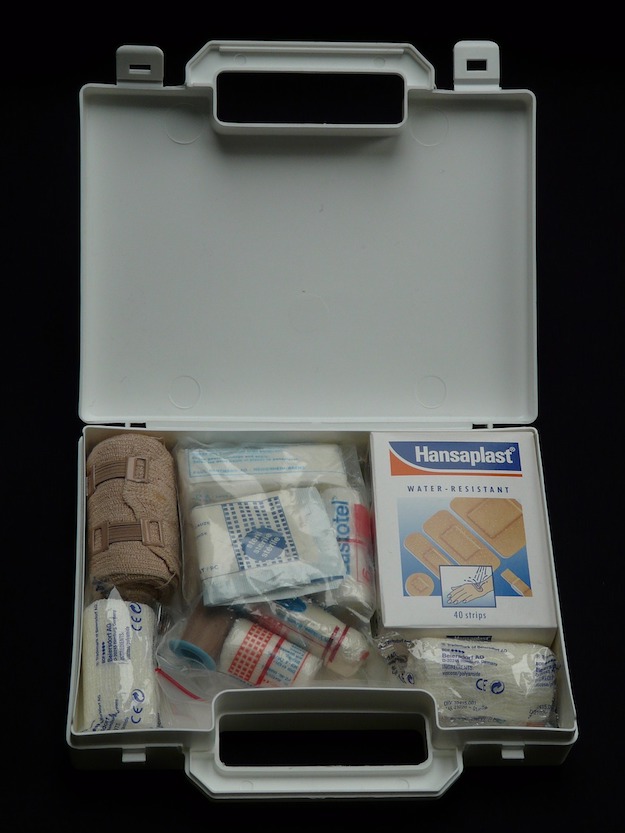
Since the holidays are typically colder months, consider including some instant hand warmers.
12. Rain Poncho
Finally, you definitely need to include a rain poncho. This will keep you dry in the case of rain and give you shelter for sleeping at night. Each person should have their own.
As you can see, everything you need to hopefully get home safely can fit into a standard, nondescript backpack, which is exactly what you want.
By blending in, you won’t attract the attention of anyone who sees you carrying it. Leave the camo and military-style bags behind and opt for a traditional backpack that’s both comfortable and has great storage capability. Your stuff will be safe and nobody will know what you’ve got.
Courtesy of Survival Based.
Follow us on Facebook, Instagram, Twitter, and Pinterest!
Disclaimer: All content on this site is for informational purposes only. Please read our full disclaimer here.
